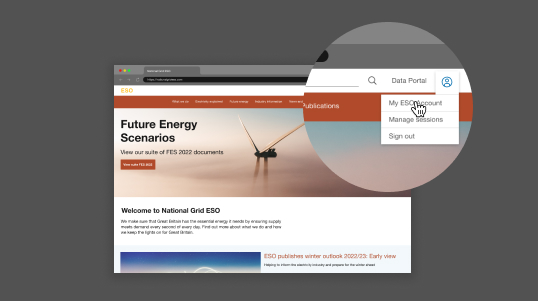
The importance of a whole system approach to energy
8 Aug 2019 - 2 minute read
On July 11, National Grid ESO launched its 2019 Future Energy Scenarios (FES) report. FES is compiled from vast stakeholder insight, industry expertise and data from its team of experienced analysts. Today we’ll delve in to the last message, the importance of a whole system approach to energy.
“A whole system view across electricity, gas, heat and transport underpins a sustainable energy transformation. Widespread digitalisation and sharing of data is fundamental to harnessing the interactions between these changing systems.” That’s the fourth message of FES 2019.
The UK Government has become the first G7 nation to commit in legislation to an ambition for reaching net zero carbon emissions. To achieve this, taking a whole system view of the energy sector is important.
With the advancement of technologies like hybrid heat systems and hydrogen production from electrolysis advance, the number of interactions between gas and electricity networks will increase and new interfaces between the systems will be created.
And as the complexity of the energy system increases, so does our capacity to manage and interpret the data. For example, the ability to collect data around when and where electric vehicles are charging on the electricity system is just one possible benefit from adopting a whole system view.
We think that significant digitalisation of existing legacy infrastructure is needed to provide the necessary visibility and facilitate the optimisation of the whole energy system.
As the dividing line between the systems becomes blurred, investment decisions around potential new systems, such as hydrogen and carbon transportation, must be made on a whole system basis. Data should be made available to decision makers across interdependent systems such as electricity, gas and transport.
Whole system thinking has the double benefit of maximising efficiency whilst driving consumer value.
You can watch a short summary video here: http://bit.ly/2M6ENoJ.
